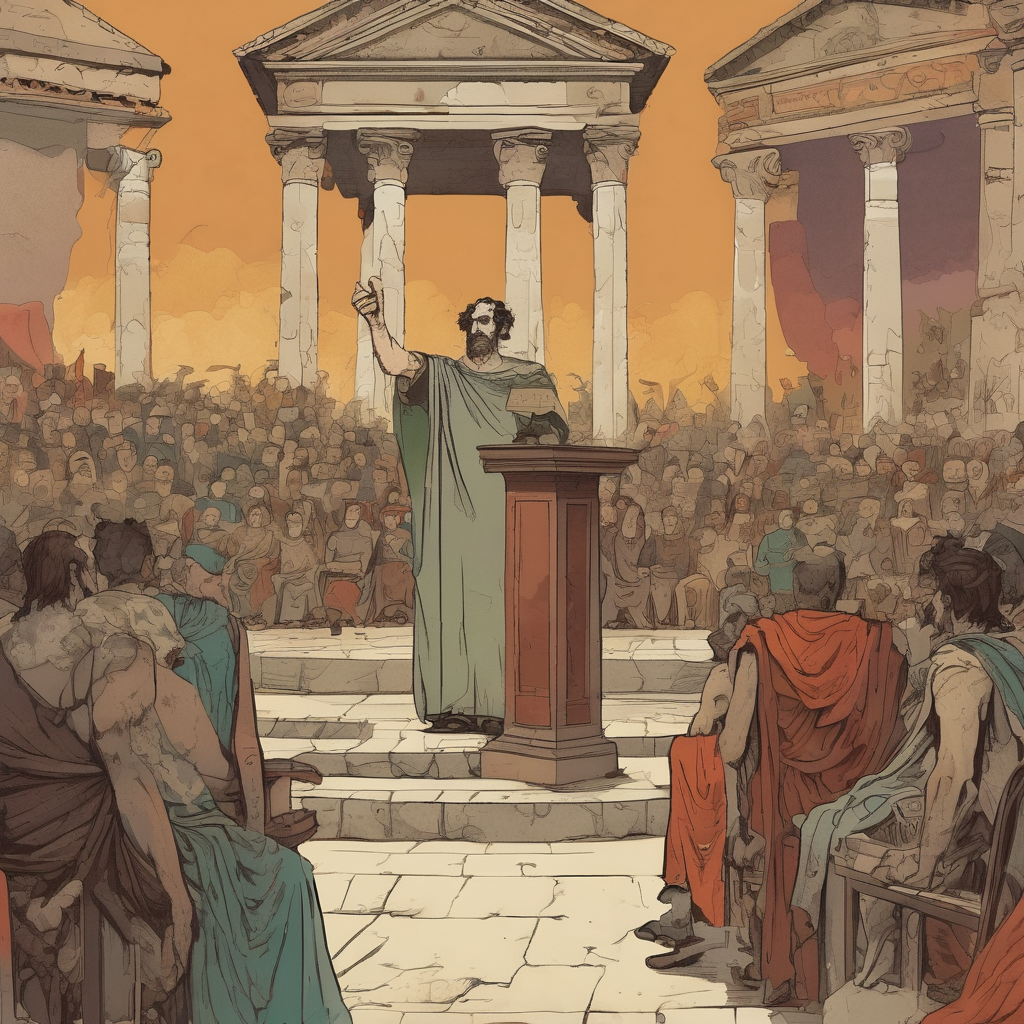Rhetorical Devices | Writing and Speech

Ethos: This appeals to the speaker's credibility or character. It persuades the audience by establishing trust and authority.
Pathos: This appeals to the emotions of the audience. It aims to evoke feelings such as sympathy, anger, or joy to persuade.
Logos: This appeals to logic and reason. It uses facts, statistics, and logical arguments to convince the audience.
Kairos: This refers to the opportune moment for persuasion, emphasizing the importance of timing in rhetoric.
Telos: This focuses on the purpose or goal of the argument, guiding the audience to understand the intended outcome.
Mastering communication is akin to wielding a powerful toolkit. Just as a spell master uses spells to influence their surroundings, a skilled communicator can use rhetorical devices to persuade, evoke emotions, and connect with others. By mastering these devices, one can craft messages that resonate deeply, influence opinions, and inspire action, much like a master of spells shaping their environment.

Alliteration:
Creates a musical quality, making messages more memorable.
Allusion:
Adds depth and resonance by connecting to shared knowledge and experiences.
Anaphora:
Builds rhythm and emphasis, reinforcing key ideas in the audience’s mind.
Antithesis:
Highlights contrasts, clarifying complex ideas and making arguments more compelling.
Apostrophe:
Engages the audience directly, creating intimacy or urgency.
Assonance:
Enhances the aesthetic quality of language, making it more pleasing to the ear.
Hyperbole:
Draws attention and adds drama, emphasizing key points through exaggeration.
Irony:
Engages the audience’s intellect, prompting them to think critically about the message.
Metaphor:
Transforms abstract concepts into relatable images, enhancing understanding.
Metonymy:
Simplifies complex ideas by substituting a related term, making communication more efficient.
Onomatopoeia:
Brings descriptions to life, making them more vivid and engaging.
Oxymoron:
Provokes thought by juxtaposing contradictory terms, adding layers of meaning.
Paradox:
Encourages deeper reflection, revealing truths that aren’t immediately apparent.
Parallelism:
Creates balance and clarity, making arguments more persuasive.
Personification:
Makes abstract ideas relatable, allowing the audience to connect emotionally.
Rhetorical Question:
Engages the audience, prompting them to reflect and consider the speaker’s point of view.
Simile:
Clarifies comparisons, making concepts easier to grasp.
Synecdoche:
Encourages the audience to think beyond the specific, fostering broader understanding.
Understatement:
Adds subtlety and sophistication, often introducing humor or irony.
Chiasmus:
Creates memorable phrases through mirrored structure, enhancing retention.
Comments
Post a Comment